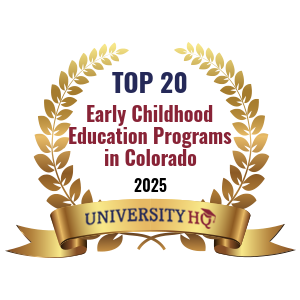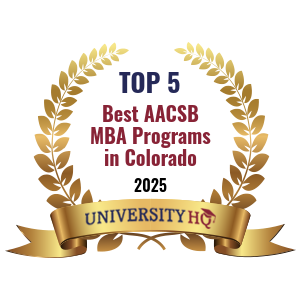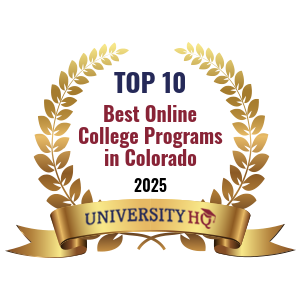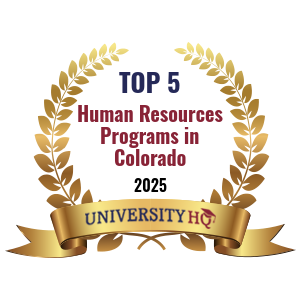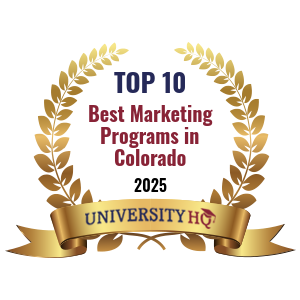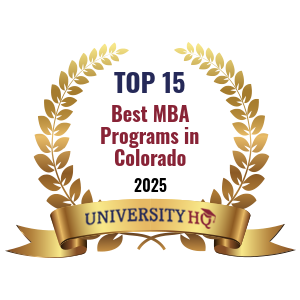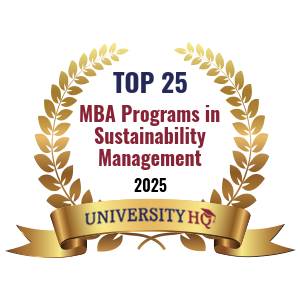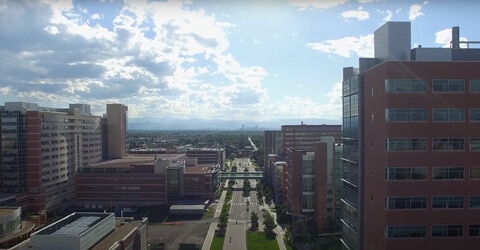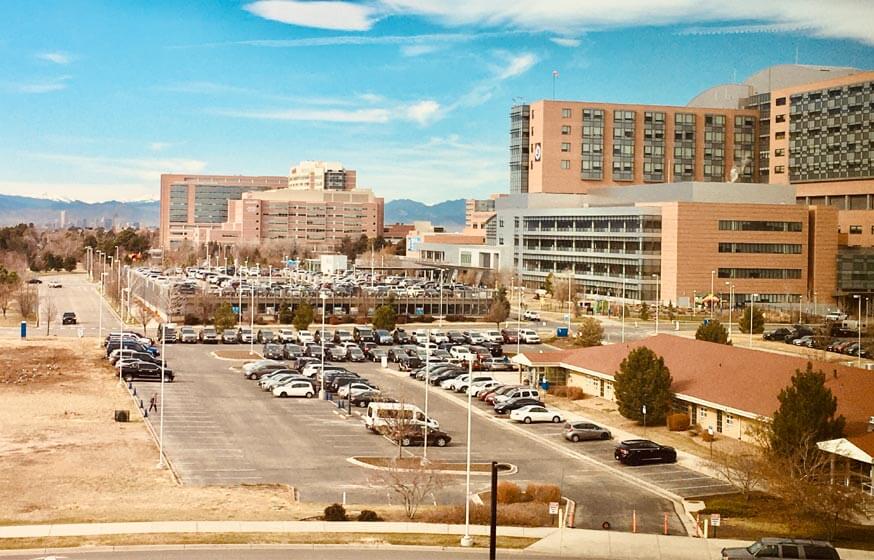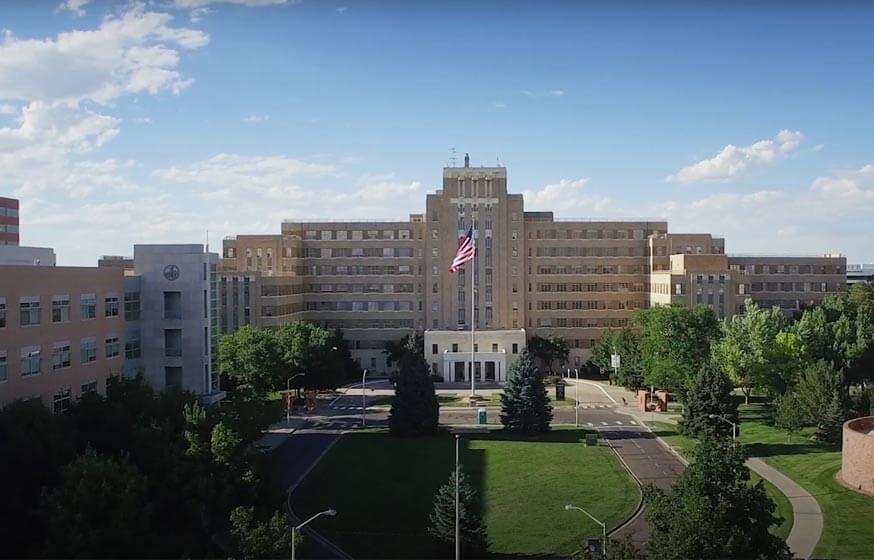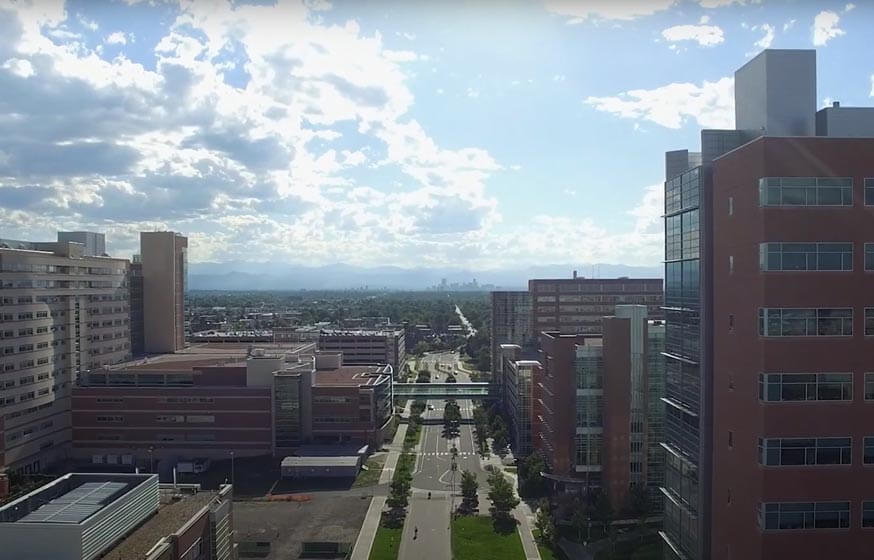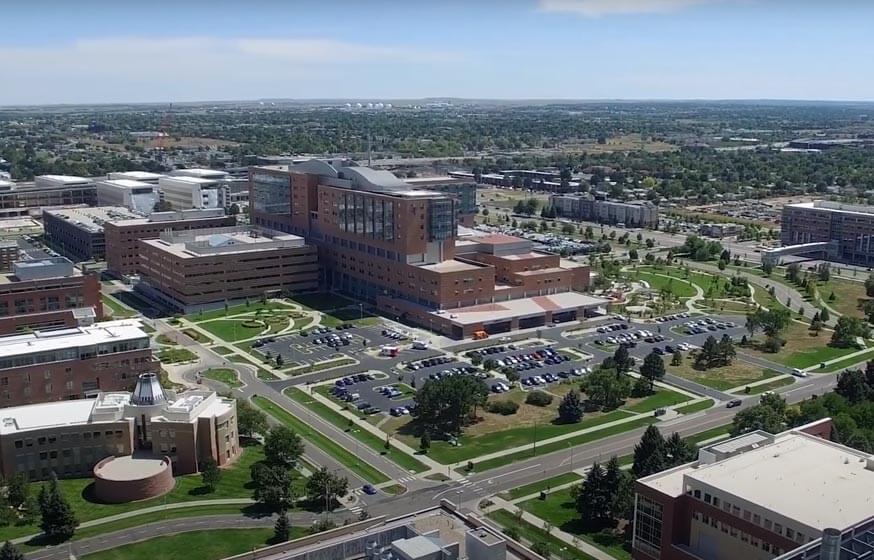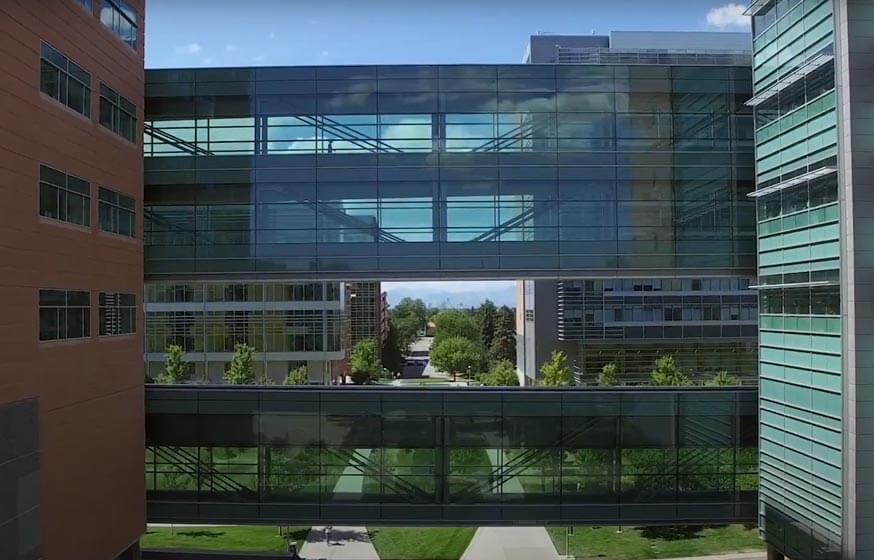Get Matched With Online Colleges
From its name, University of Colorado Denver / Anschutz Medical Campus sounds like it’s a university for medical students who have already earned their bachelor’s degrees in pre-med studies. But this large university does include undergraduate students and it also has other majors that aren’t immediately related to medical or even mental health concerns. As a new student, you would be heading to one of the largest cities in Colorado. The university campus is also large, housing a total student population of right around 24,900. In addition, of the entire student population, 64% of the students are undergraduates. So, you’re definitely welcome here.
Search All Programs
Overview of University of Colorado Denver (CU Denver)
The UCD/AMC is a public university founded in 2006. In part due to the large student population, you’ll have a student-to-faculty ratio of 17 to 1. You may have to schedule a time to meet with your professors, but it should still be possible.
If you look it up on a map, you’ll see that the Anschutz Medical Campus is just one small part of a large overall University of Colorado-Denver campus. Even more, the campus is made up of large buildings set close to each other. You’re probably going to need a vehicle to get to all of your classes, especially if they are on opposite sides of the campus.
General Information
| School Type | Public |
|---|---|
| Campus Setting | City: Large |
| Campus Housing | Yes |
| Student Faculty Ratio | 17:1 |
| Graduation Rate | 52% |
| Year Founded | 2006 |
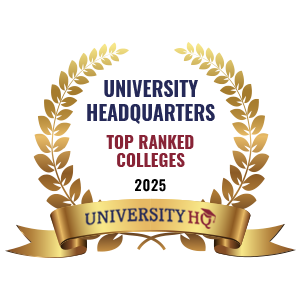
Student Enrollment
Total Students24,910
15,818
9,092
Undergraduate Student
Male 7,118
Female 8,700
Graduate Student
Male 4,091
Female 5,001
Explore Map
Top Rankings For University of Colorado Denver
CU Denver Acceptance Rate and Admissions
APPLICATIONS9,565
ACCEPTANCE6,409
Acceptance Rate67%
Enrollment 1,602
| Admissions | |
|---|---|
| Application Fee | $50 |
| High School GPA | Required |
| High School Rank | NA |
| High School Transcripts | Required |
| College Prep Courses | Recommended |
| Recommendations | NA |
| SAT/ACT | Required |
| TOEFL (Test of English as a Foreign Language) | Required |
| Application Deadline | August 1 |
| Common Application Accepted | No |
CU Denver Tuition Cost & Financial Aid
When you, your parents, and the student financial office discuss the total cost of attendance at UCD/AMC, you may be surprised that the total cost isn’t higher. After all, there is a medical campus included. Your tuition (in-state), books, supplies, room and board, and other various charges come out to $30,154 on average. If you are paying out-of-state tuition, your total cost will be closer to $46,642.
As of a recent academic year, the average net price (the amount remaining after financial aid has kicked in) was $15,865. This final net price is affected by your family’s income because that is how they decide how much financial aid you are eligible for. For the Anschutz Medical Campus, that means that a family earning between $30,001 and $48,000 pays around $12,503 and a family earning between $75,001 and $110,000 pays around $20,353. You can see the vast difference financial aid can make.
About 82% of freshmen students qualify to receive financial aid. About 72% receive grants or scholarships averaging $6,374 and 66% receive an average of $2,779 in institutional grants and scholarships.
| Average net price | 2018-2019 |
|---|---|
| Net Price | $15,865 |
| Average Total Aid | $6,374 |
| Students Receiving Financial Aid | 82% |
| Room & Board | $13,250 |
Sticker Price
- Tuition In-State - $9,335
- Tuition Out-of-State - $25,823
- Books and Supplies - $1,800
- Room & Board - $13,250
- Other - $5,769
Academics
As a freshman student, you’re going to have an important decision to make at the end of the year. Will you stay at this university or transfer elsewhere? Other students have done so, because the campus wasn’t what they needed or possibly because they didn’t find the classes or services they wanted. Once you make your decision to stay, you become part of a regularly maintained statistic: the retention rate, which at UCD/AMC is 70%. This is about average, but it lets you know that other students have generally appreciated their time here and that there is a better-than-chance possibility that it will fit what you’re looking for as well.
The 4-year graduation rate is 24%. Many students may find it necessary to stay beyond the four-year point because they attend part-time while working or because they changed majors in the middle of their academic career; the 6-year graduation rate more than doubles to 52%, which is much closer to the national average.
Let’s say you have a situation that makes attending a class on its scheduled days and times impossible. You don’t need to forget about that class, especially if it’s required. Instead, you can request a drop-add form so that you can drop that section and add a section scheduled for evening hours. Or opt for an online (distance learning) option for that one class since many of these are available.
The five most popular degree programs offered are business, management, marketing, and related services; health professions and related programs; social sciences; biological and biomedical sciences; and psychology.
Retention
Rate
4 year
Graduation
Rate
6 year
Graduation
Rate
Student Population Total
Student Population 24,910
15,818
9,092
Most Popular Programs & Majors
(# of Diplomas Awarded by Subject)
| All Business Majors | 435 Total Graduates / 17% |
|---|---|
| Business Administration and Management, General | 435 Graduates |
| Health Professions and Related Programs | 408 Total Graduates / 16% |
| Registered Nursing/Registered Nurse | 313 Graduates |
| Public Health, General | 95 Graduates |
| All Social Sciences Majors | 306 Total Graduates / 12% |
| Econometrics and Quantitative Economics | 173 Graduates |
| Political Science and Government, General | 48 Graduates |
| Sociology | 39 Graduates |
| Geography | 33 Graduates |
| All Biological & Biomedical Majors | 216 Total Graduates / 8% |
| Biology/Biological Sciences, General | 199 Graduates |
| Biomedical Sciences, General | 16 Graduates |
| Biochemistry | 1 Graduates |
| All Psychology Majors | 208 Total Graduates / 8% |
| Psychology, General | 152 Graduates |
| Physiological Psychology/Psychobiology | 56 Graduates |
| All Other Diplomas | 40% |
Outcome & Salary
The day finally arrives. You’ll wear your cap and gown, ready to cross the stage and accept your diploma. Once you graduate, you’ll be ready to work. You can expect your salary to reflect the time you’ve spent working on your degree. A graduate from the Medical Campus can expect an average early-career salary of around $53,200 and a mid-career salary of $95,600.
This figure, which is the 4-year cost of education at this school, is important to understand your return on investment: $63,460. Based on the cost of the education and a graduate’s average salary, your 10-year salary earnings potential may be $717,470 and your 20-year earnings potential may be around $1,673,460. Once you subtract your cost of education, your 10-year projected ROI becomes $654,000 and your 20-year ROI is $1,610,000.
Contrast this with a high school graduate’s average earnings: their national average salary is $38,792. Their 10-year projected income is $387,920 and their 20-year projected income is $775,840.
| Graduates Salary | |
|---|---|
| College Grads Early Career Salary | $53,200 |
| College Grads Average Salary | $71,746 |
| College Grads Mid Career Salary | $95,600 |
| Return on Investment (ROI) | |
|---|---|
| 10 Year Salary Earnings Potential | $717,460 |
| 20 Year Salary Earnings Potential | $1,673,460 |
| Cost of Education (Net Price) 4 Year | $63,460 |
| 10 Year Projected ROI | $654,000 |
| 20 Year Projected ROI | $1,610,000 |
| No College Education Salary Comparison | |
|---|---|
| National Average Salary | $38,792 |
| 10 Year Projected Income | $387,920 |
| 20 Year Projected Income | $775,840 |
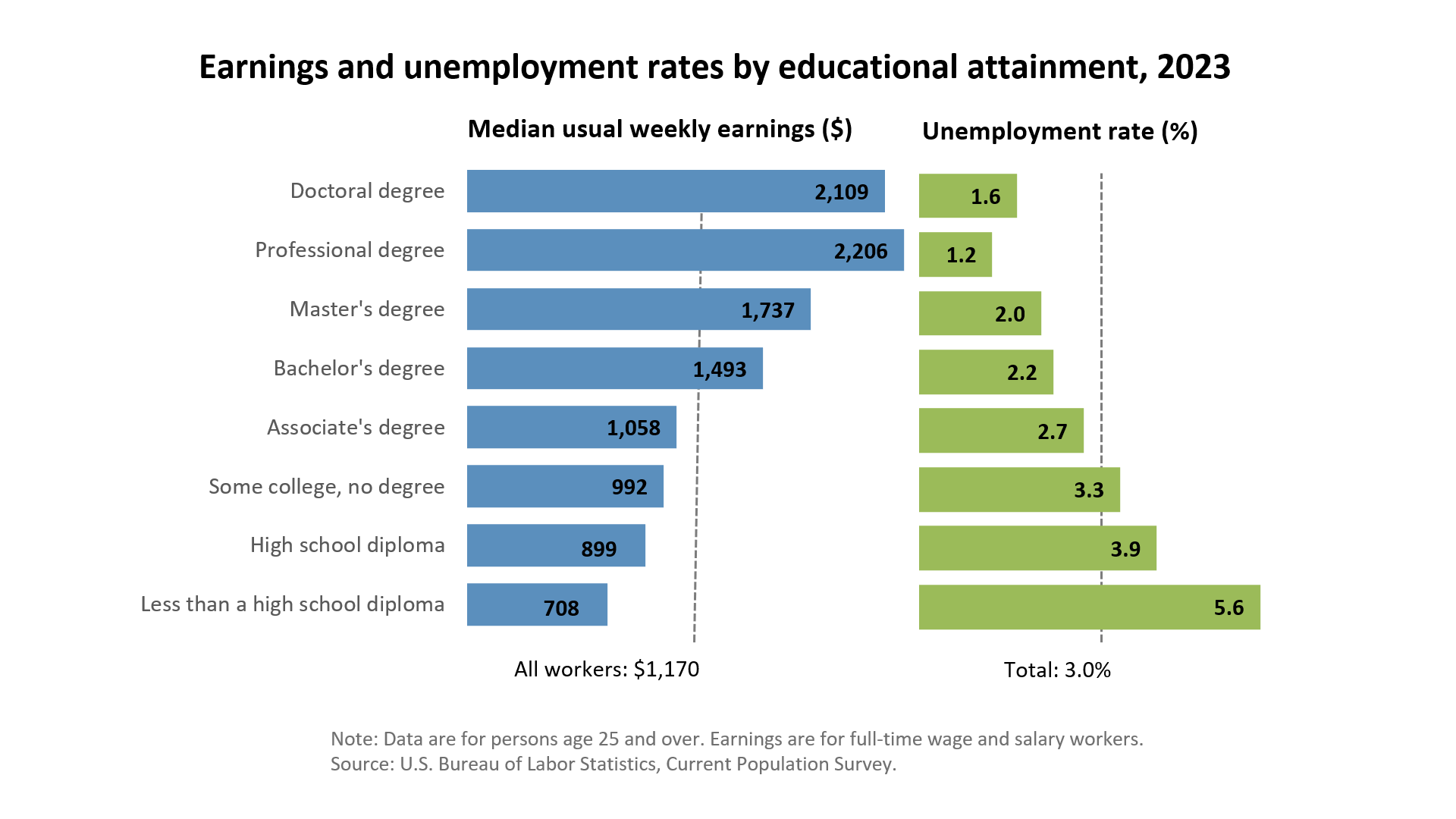
Related Top College Resources

